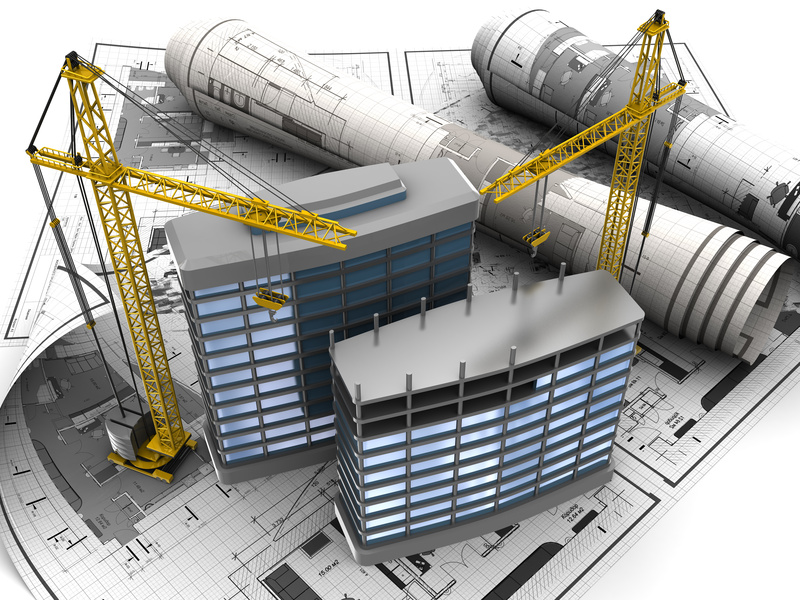
Workplace safety in such industries as shipping, construction, warehousing and longshoring has improved over the years. The three-part guidelines issued by the Office of Health and Safety Administration (OSHA) have reduced accidents and injuries over the years. Plan, provide and train refers to the necessary safety measures for the material handling industry, where heavy loads are moved vertically and horizontally. The safety of workers is the first consideration, and following the proper procedures for installation and operation can dramatically improve workplace safety.
Three steps to safety
Implementation of OSHA guidelines has reduced workplace injuries and illnesses over the years. These have actually declined from an incidence rate of 10.9 incidents per 100 workers in 1972 to 3.4 per 100 workers in 2011. The three steps recommended by OSHA to prevent dangerous falls and save lives are plan, provide, and train.
Companies in the material handling industry should have a safety plan in place, and provide the necessary safety equipment, including personal fall protection. All rigging should be carefully installed and workers should have fall protection equipment. Workers should also receive fall protection training, through special classes on workplace safety.
Fall protection standards
There are two types of fall protection. Nets provide general fall arrest, while lifelines and personal slings provide personal fall arrest. These are necessary for workers in the material handling industry who operate at heights of six feet or more. If they fall, they are at risk of
serious injury or death.
The right equipment can save lives, and the appropriate types of ladders, scaffolds, and safety gear should be used to ensure the workers’ safety. Where the fall distance is greater than 25 feet and there are no temporary floors or scaffolding, safety nets should be used to lessen fall exposure.
The OSHA requirements for fall protection vary for different industries. In general industry workplaces, fall protection must be provided when the worker is at elevations of four feet or higher. In shipyards, the height at which fall protection must be used is five feet. In the construction industry it is six feet and in longshoring operations, eight feet.
Testing and inspection of equipment
All safety equipment should be inspected and tested regularly. The OSHA guidelines state that in the testing of fall arrest systems, the weight used to test the equipment should be 300 pounds (plus or minus 5 pounds).
Slings should be tested every year, in normal service use. If they are subject to severe service use, they should be tested monthly to quarterly.
The material handling industry performs basic and crucial functions, moving essential goods that everyone needs for their daily lives. Basic safety measures can ensure the safety of the workers as they go about their important jobs. Using the right equipment, careful installation and operation, and safety training can reduce the incidence of workplace accidents and injuries.